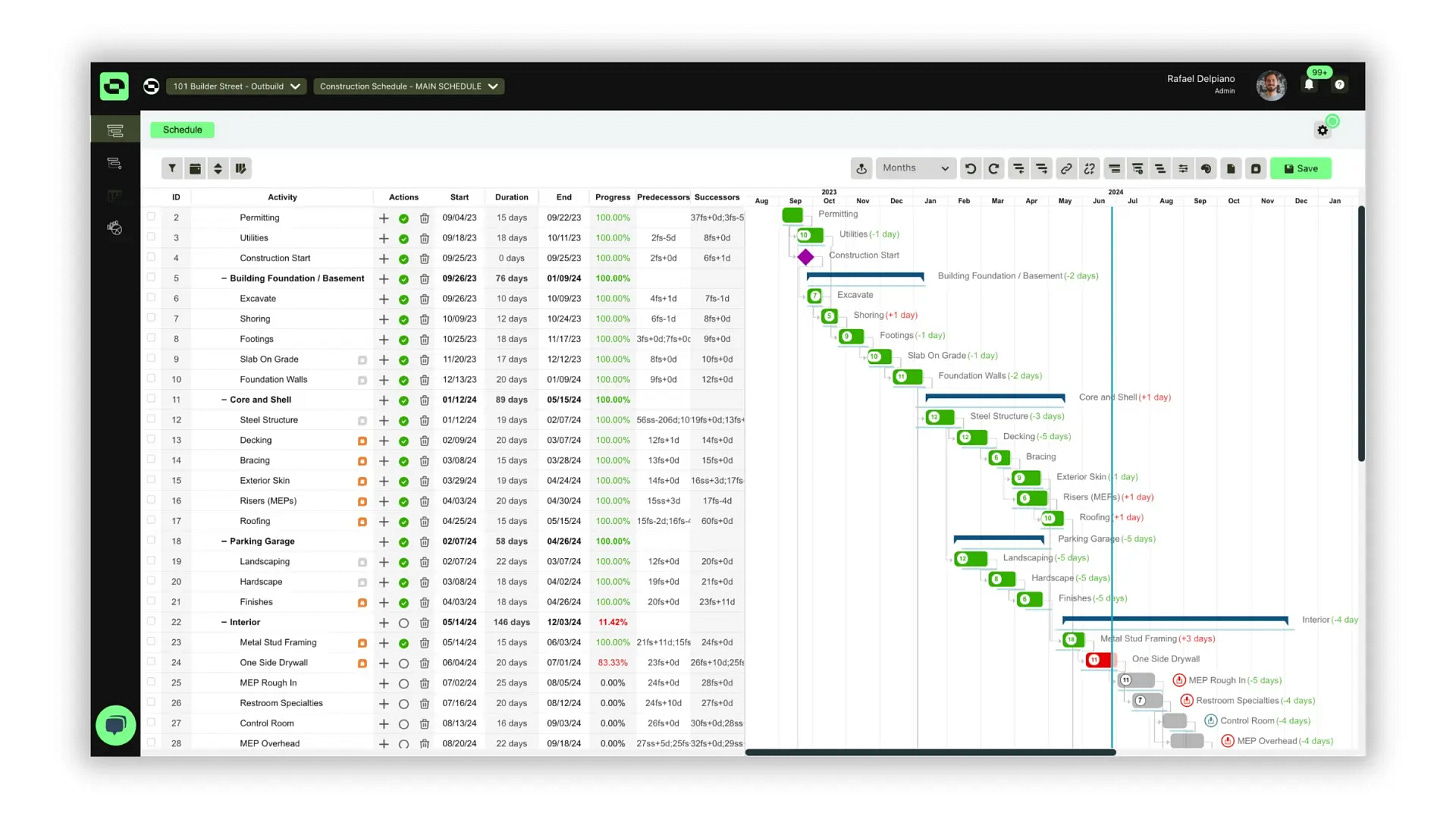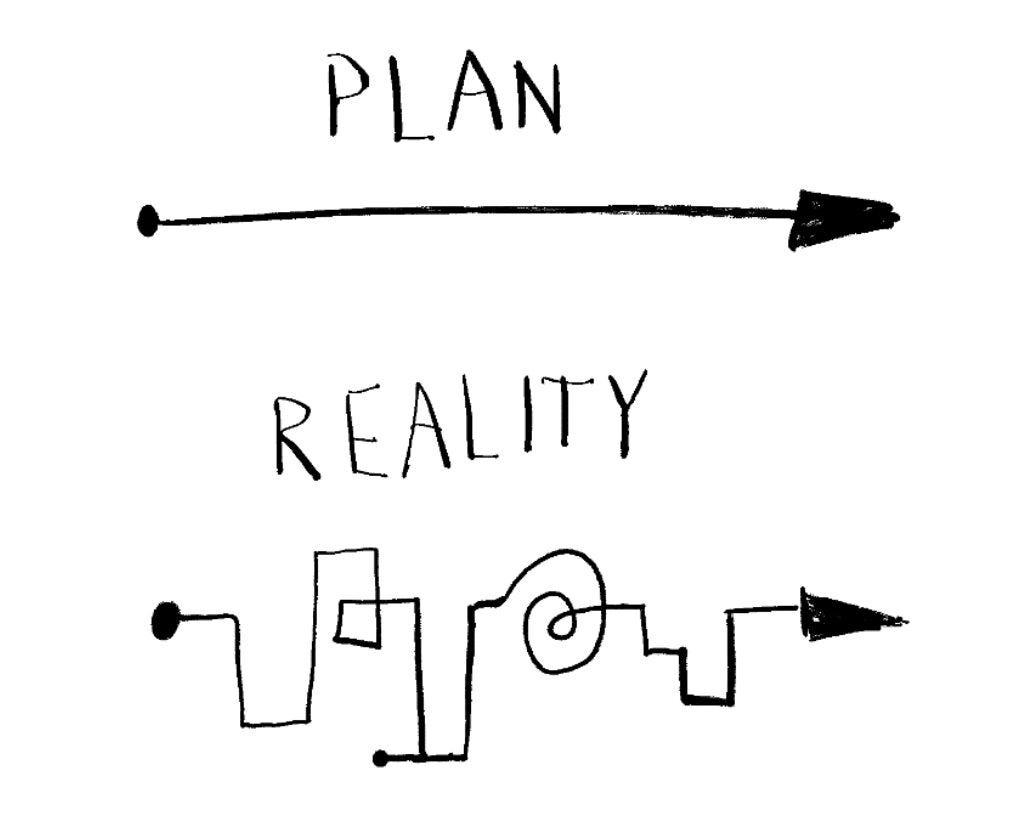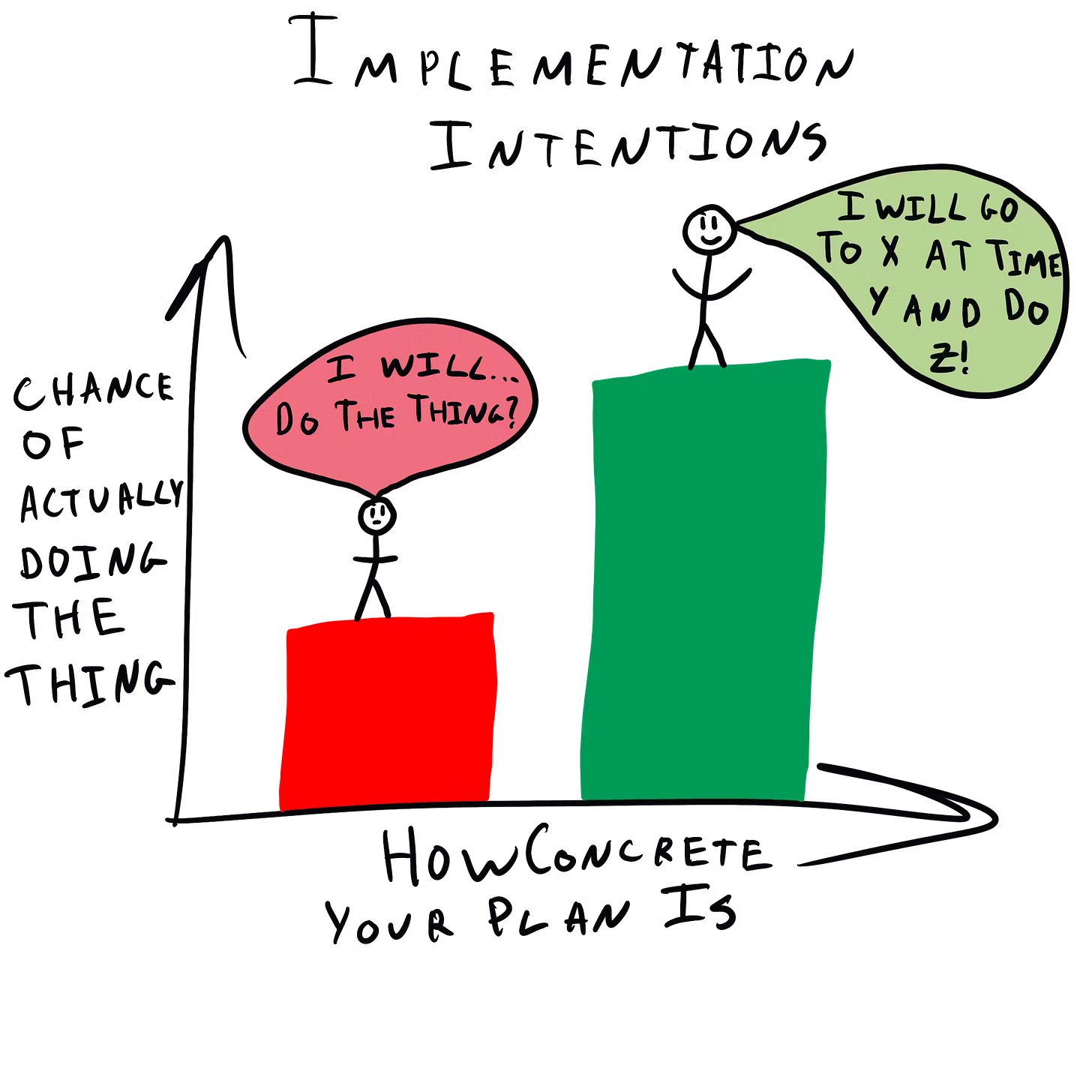The Planning Fallacy Guide
Why your project always takes longer than you think—and what to do about it.
👋 Hey, Kyle here! Welcome to The Influential Project Manager, a weekly newsletter covering the essentials of successful project leadership.
Today’s Overview:
Logical fallacies are errors in reasoning that undermine the quality of an argument.
The planning fallacy describes our tendency to underestimate the amount of time it will take to complete a task, as well as the costs and risks associated with that task—even if it contradicts our experiences.
This guide walks you through what it is, how it shows up, and five practical ways to fight back.
🏗️ Today’s issue is brought to you by Outbuild!
Helping projects prevent delays to stay on schedule.
Outbuild is designed for one thing: to make construction scheduling simple, connected, and effective. It’s the trusted choice of top contractors. Here’s why:
✅ User-Friendly: Intuitive drag-and-drop features let your team get started immediately without any long training sessions.
✅ Collaborative: Everyone—from trade partners to PMs and PEs—can log in, plan their work, and communicate directly in one centralized platform.
✅ Integrated: Outbuild syncs effortlessly with Procore and others, keeping all your project workflows in one place.
✅ Real-time Insights: Powerful reporting and analytics track progress, delays, and resource usage, empowering you to make fast, informed decisions.
Outbuild lets you manage projects better so you can focus on what truly matters.
👉 Book a live demo (30 day free trial included). iPM subscribers get a 15% discount on the first year license.
🧠 The Planning Fallacy Guide
Filed under: Frameworks & Tools, Project Management
If you’ve been reading this newsletter, you know I like to say:
Humans are fascinating creatures.
We possess the capacity to build rockets, bridges, and billion-dollar hospitals—
and still underestimate how long it takes to pour concrete in the rain.
For a hyper-intelligent species, we sure make some dumb mistakes.
We like to think we’re rational planners. We map the milestones, build the budget, draft the schedule.
And yet somehow… halfway through, we’re behind. Again.
It’s not because we’re lazy.
It’s not because we’re inexperienced.
It’s because we’re human.
Welcome to the Planning Fallacy—one of the most consistent, costly, and invisible traps in project management.
This guide walks you through what it is, how it shows up, and five practical ways to fight back.
What Is the Planning Fallacy?
Logical fallacies—errors in reasoning—undermine the quality of our decisions.
The Merriam-Webster Dictionary defines fallacy as a false or misleading idea. A logical fallacy, therefore, can simply be thought of as logic based on a false or misleading idea.
The Planning Fallacy is one of the most destructive ones.
Coined by Daniel Kahneman and Amos Tversky, The Planning Fallacy describes our tendency to underestimate:
how long something will take
how much it will cost
and how difficult it will be
...even when we’ve done similar things before.
It’s the reason why:
You blow past deadlines—even when you “pad the schedule”
You scramble through a phase that “should’ve been easy”
You’re surprised when costs balloon—again
This bias affects everyone—from students writing essays to governments building Olympic stadiums.
The worst part?
It doesn’t go away with experience. It just gets more expensive.
Why We Fall for It
If you’re thinking, “But I read Kyle’s newsletter—I’m an Influential PM. I wouldn’t fall for that…” think again.
This isn’t a project management error. It’s a cognitive bias—and it lives in all of us.
Here’s why even the best project leaders fall into it:
We focus on ourselves, not reality. We trust our skill, our intention, our work ethic—and ignore how messy things really get.
We ignore the past. Kahneman said it best: “People ignore distributional data.” We don’t ask, “What happened last time?”—we ask, “How do we feel about this time?”
We anchor to the first plan. Once you throw out that first number (timeline, cost, etc.), it sticks—even if better data says otherwise.
We avoid sounding negative. Teams are allergic to “negativity.” No one wants to be the PM who says, “This will take twice as long.” So they don’t.
We believe we’ll figure it out later. That’s the false hope behind what Flyvbjerg calls the Malevolent Hiding Hand. Most projects don’t get saved by last-minute brilliance. They just get crushed by complexity.
Real-World Examples (aka “don’t be like them”)
These aren’t isolated failures. They're patterns.
Sydney Opera House
Expected: 4 years, $7M
Actual: 14 years, $102M
Channel Tunnel
Expected: $4.7B
Actual: $10.6B (plus one year late)
Canadian Pacific Railway
Promised by 1881.
Delivered in 1885—with an extra $22.5M price tag.
The same biases that blew up these megaprojects are the same ones sitting quitely in your lookaheads, status meetings, and procurement plans.
🥊 How to Fight Back
The Planning Fallacy isn’t going away. But you can design against it.
Here are five powerful ways to do just that:
1. Take the Outside View
Stop asking: “What do we think will happen?”
Start asking:
“What usually happens?”
“What’s happened last time?”
“How long did they take?”
“What did it really cost?”
Use reference class forecasting. Compare your plan to similar projects. Use real data. Use ranges.
Anchor your estimates in reality, not imagination.
2. Segment the Work
Humans are terrible at estimating big tasks. But we’re surprisingly good at small ones.
Break your project into smaller parts.
Estimate each one individually. Then build in buffer between the parts.
Smaller scopes = more accurate estimates = fewer surprises.
3. Set Implementation Intentions
Vague goals = vague execution.
Specific plans = specific results.
Don’t just say: “We’ll do this next week.”
Say: “We’ll complete task A at 9am on Tuesday, in the trailer.”
Research shows this dramatically increases follow-through and realism in planning.
Visualize the when, where, and how. Make it real.
4. Reframe the Deadline
Your brain struggles with abstract time.
“Six months” sounds like forever. But “180 days” feels like tomorrow.
That’s because specific, concrete time-frames trigger better focus and urgency.
So flip the script: Break long timelines into daily or weekly increments.
If the deadline feels far away, so will your discipline. Make time feel real.
5. Apply Occam’s Razor
Every added step is another chance for things to go wrong.
Occam’s Razor is a mental model that says:
When you are weighing alternative hypotheses, the one with the fewest necessary assumptions should be chosen.
Put simply, the simplest path with the fewest assumptions is often the best one.
Simple Assumptions > Complex Assumptions.
Why?
Because simple plans are easier to test, troubleshoot, and adjust. The fewer assumptions you rely on, the fewer ways your plan can fall apart. It allows one to follow the critical path to an outcome.
So simplify your workflows. Cut unnecessary layers. Reduce handoffs. Eliminate fluff.
Less complexity = more clarity = better execution.
Final Thoughts
No one’s immune to the Planning Fallacy.
Not you. Not me.
It doesn’t matter how many projects you’ve managed, how experienced your team is, or how much software you’re using—this bias lives in all of us.
But that’s not the point.
The point is knowing what to do about it.
Influential Project Managers don’t just manage plans. They manage reality. And reality is messy.
They understand that their biggest risk isn’t the weather, or the RFI backlog, or even scope creep. It’s their own optimism.
You now have all the tools to fight back against the planning fallacy.
Go build something that doesn’t break.
Happy planning.
Until next week,
Kyle Nitchen

Whenever you’re ready, here are 4 ways I can help you elevate:
Read my Book. No Bullsh*t Project: A Project Manager’s guide to successful project leadership.
Install ProjectOS. My complete operating system for project leaders and their teams. A done-for-you toolkit—templates, agendas, KPI’s, and workflows—to run complex projects like a pro. (Our most popular product).
Join Antifragile Project Management. Supercharge your project leadership. My flagship program combining training, tools, and community. Book a discovery call to learn more.
Promote Your Business. Get your brand in front of 7,800+ highly engaged construction leaders and decision-makers with a 51% open rate.







I appreciate the articles Kyle and I reference that fallacy all the time on the job but, and I mean no offense by this, do yourself a favor and make it look less like how ChatGPT structures a generated blog post. Even if you did write it yourself it follows the AI default structure. This is the world we live in now and most wouldn’t comment, they’d just ignore the post. It also gets penalized on search.
What a great visualization about the planning fallacy.
That definitely resonates in my own life.
trailblazingtwenties.substack.com